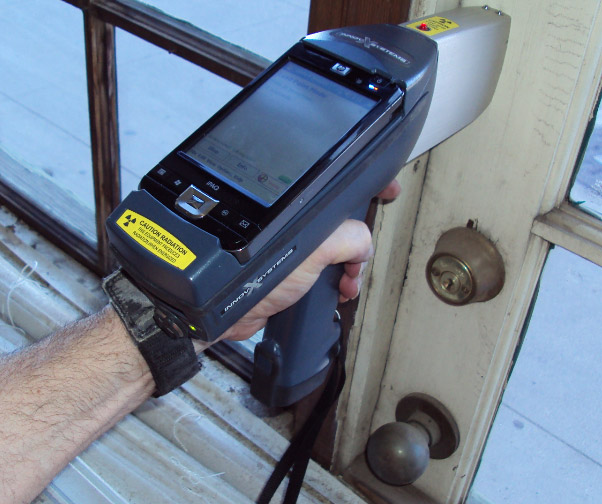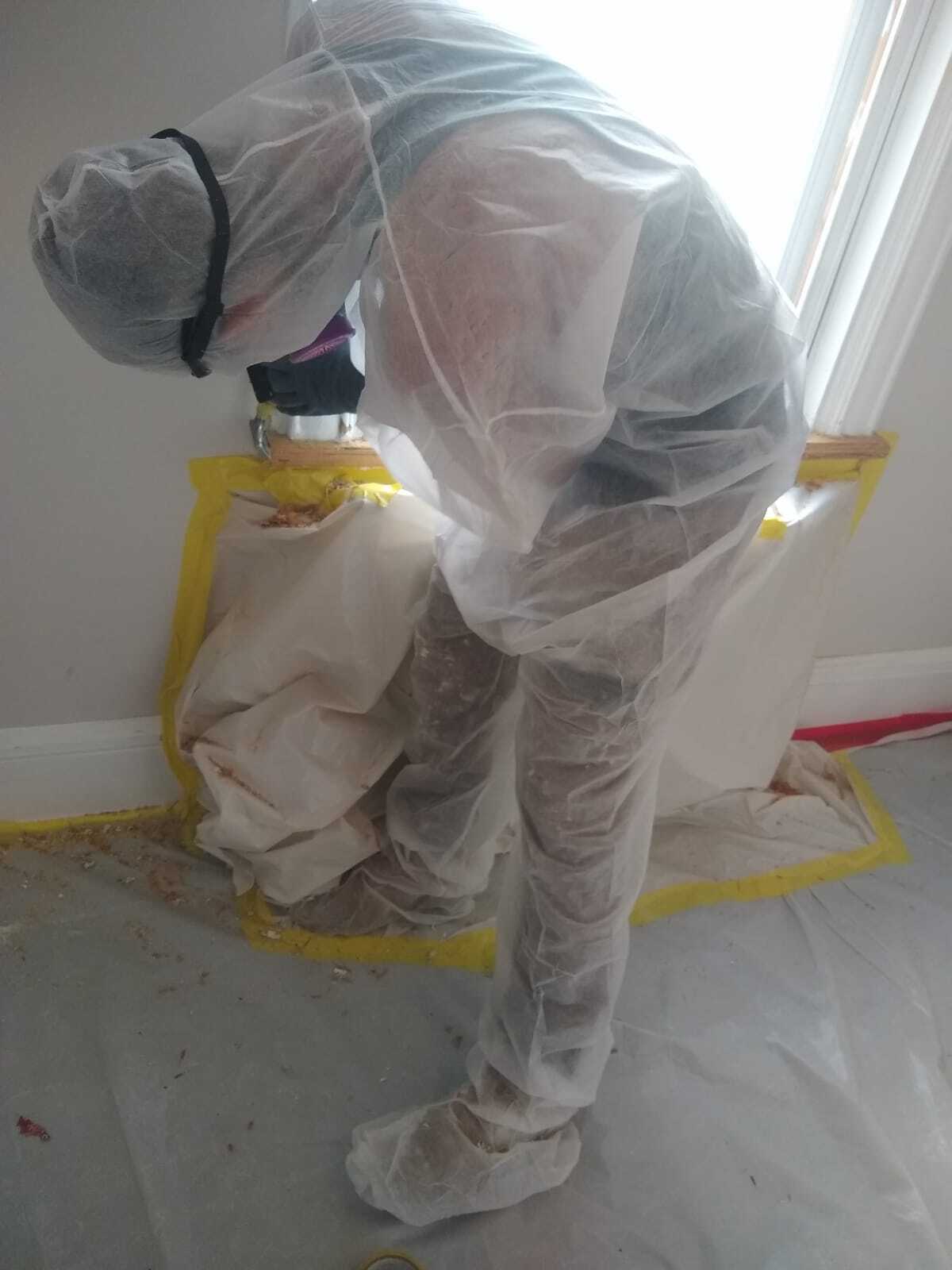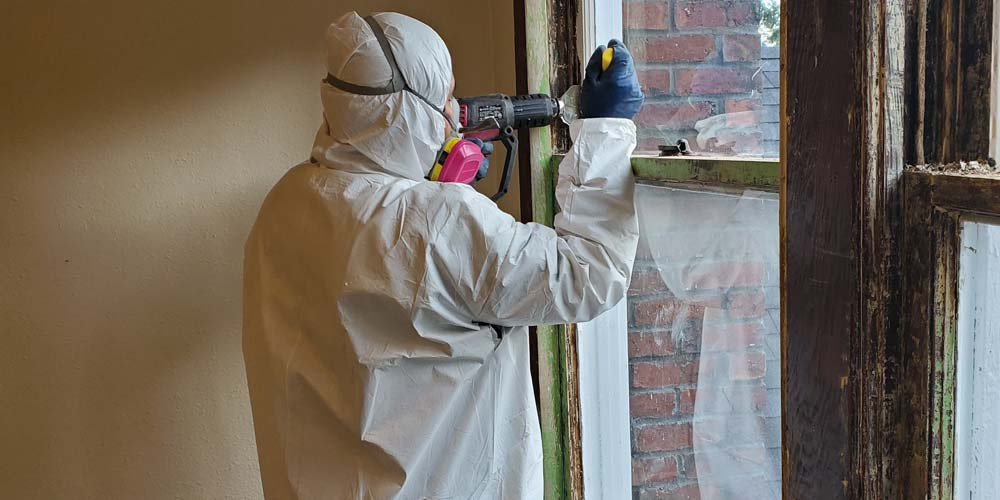DOH & HPD Lead Violation Removal NYC-- Specialist Providers for Conformity
DOH & HPD Lead Violation Removal NYC-- Specialist Providers for Conformity
Blog Article
Ideal Practices for Ensuring Safe and Thorough Lead Violation Abatement
Dealing with lead offense reduction calls for a multi-faceted strategy to ensure both security and conformity. Initial evaluations using innovative discovery techniques such as XRF analyzers established the phase for a specific understanding of contamination degrees. Integrating correct containment strategies, including impermeable barriers and HEPA filtration, combined with the use of individual protective devices (PPE) for employees, forms the foundation of a safe procedure. Thorough cleaning protocols, including HEPA vacuuming and wet-wiping, are vital. It's the final clearance procedure, including complete evaluations and laboratory screening, that really confirms a lead-free atmosphere, making certain lasting safety and security. How do these techniques adjoin to assure comprehensive lead abatement?

Preliminary Assessment
Performing an initial evaluation is an important primary step in lead infraction abatement. This stage includes a detailed assessment of the residential or commercial property to identify the existence, extent, and certain places of lead-based risks. Certified specialists, such as qualified lead examiners or run the risk of assessors, should execute an extensive site evaluation, using devices like X-ray fluorescence (XRF) analyzers to precisely discover and gauge lead concentrations in paint, dirt, dirt, and water.
The evaluation should likewise consist of a testimonial of the structure's history, previous reports, and any kind of complaints or wellness concerns reported by passengers - Lead Removal Contractors. Documenting the findings thoroughly is important, as these documents develop the basis for establishing an efficient reduction strategy. A thorough analysis additionally involves sampling and lab evaluation, which are important to confirm the presence of lead and guide succeeding activities
Additionally, it is important to connect the outcomes transparently to all stakeholders, consisting of homeowner, lessees, and regulatory authorities. By guaranteeing that the preliminary analysis is performed with accuracy and rigor, professionals can lay a strong foundation for a targeted and efficient lead reduction procedure, inevitably safeguarding public health and ensuring compliance with regulative requirements.
Correct Control
Correct control is crucial to prevent the spread of lead contaminants throughout abatement activities. Successfully managing control reduces the threat of lead dust and debris moving to non-work locations, consequently guarding both the environment and individuals outside the instant job zone.

Normal assessments of the containment area are necessary to examine for breaches or weaknesses more information in the barrier. Any identified concerns need to be without delay dealt with to preserve the integrity of the control. By adhering to these practices, abatement projects can efficiently control lead contamination and mitigate affiliated wellness threats.
Employee Protection
Guaranteeing employee security is paramount during lead abatement jobs to stop occupational exposure to unsafe lead fragments. Essential measures consist of using personal safety tools (PPE) such as respirators, gloves, and full-body suits especially developed to block lead dust and fumes. Employees ought to undergo detailed training on the correct use and maintenance of PPE, including healthy testing for respirators to guarantee maximum efficacy.
Engineering controls, such as neighborhood exhaust ventilation systems, are crucial in lessening airborne lead concentrations in the job environment. Management controls ought to also be executed, consisting of limiting the duration of direct exposure and revolving employees to reduce private exposure times. Regular medical surveillance and organic surveillance are vital for very early discovery of lead absorption, enabling timely treatment and treatment.
Furthermore, developing a purification method is essential. Employees have to comply with strict decontamination treatments before breaks and at the end of their change to stop lead dust from being carried outside the job location. This includes detailed hand and face cleaning with lead-specific cleaner and transforming out of polluted clothes.
Precise Cleaning
Maintaining a safe work setting prolongs beyond employee protection and encompasses careful cleanup to make certain lead bits are completely removed from the website. The process of precise cleaning is critical in protecting against the recontamination of the abated location and safeguarding both existing and future occupants.
To achieve a detailed cleaning, all workplace need to be methodically decontaminated. This includes using specialized this website HEPA (High-Efficiency Particulate Air) vacuum and wet-wiping strategies to capture and eliminate great lead dirt that might have chosen surfaces. It is imperative to clean all horizontal surfaces, including floors, home window sills, and kitchen counters, along with upright surface areas that might have entraped lead particles.
Employees must wear suitable personal protective tools (PPE) during cleaning to stay clear of direct exposure to residual lead dirt. Made use of cleaning products such as wipes, sponges, and mop heads should be gotten rid of according to hazardous waste disposal regulations.

Final Clearance
Final clearance is the critical concluding stage of lead reduction that establishes whether the website is risk-free for reoccupation. This essential action involves comprehensive examination and screening to validate that all lead threats have been successfully gotten rid of.

Last clearance testing not just secures future passengers but additionally makes sure compliance with local, state, and government policies. Moreover, it offers as a documented validation of the reduction professional's adherence to sector finest practices. Guaranteeing a thorough and effective final clearance is necessary in protecting public wellness and promoting count on the reduction procedure.
Final Thought
Making certain risk-free and detailed lead infraction reduction necessitates a complex approach including initial evaluations with innovative detection techniques, reliable containment methods, stringent worker defense protocols, and precise cleaning procedures. The final clearance stage, including comprehensive assessments and laboratory testing, is vital to validate compliance with EPA standards. Adherence to these finest techniques assures a safe atmosphere for passengers, minimizes health risks, and maintains governing needs, thereby promoting public health and security in lead-affected areas.
Report this page